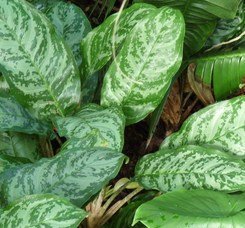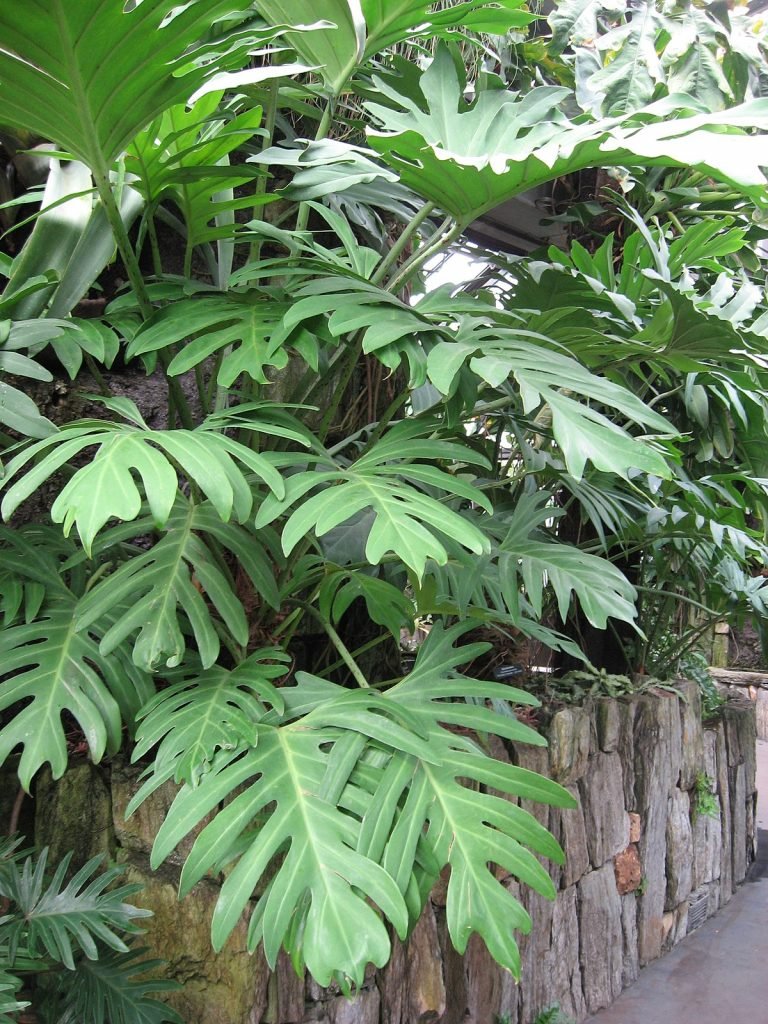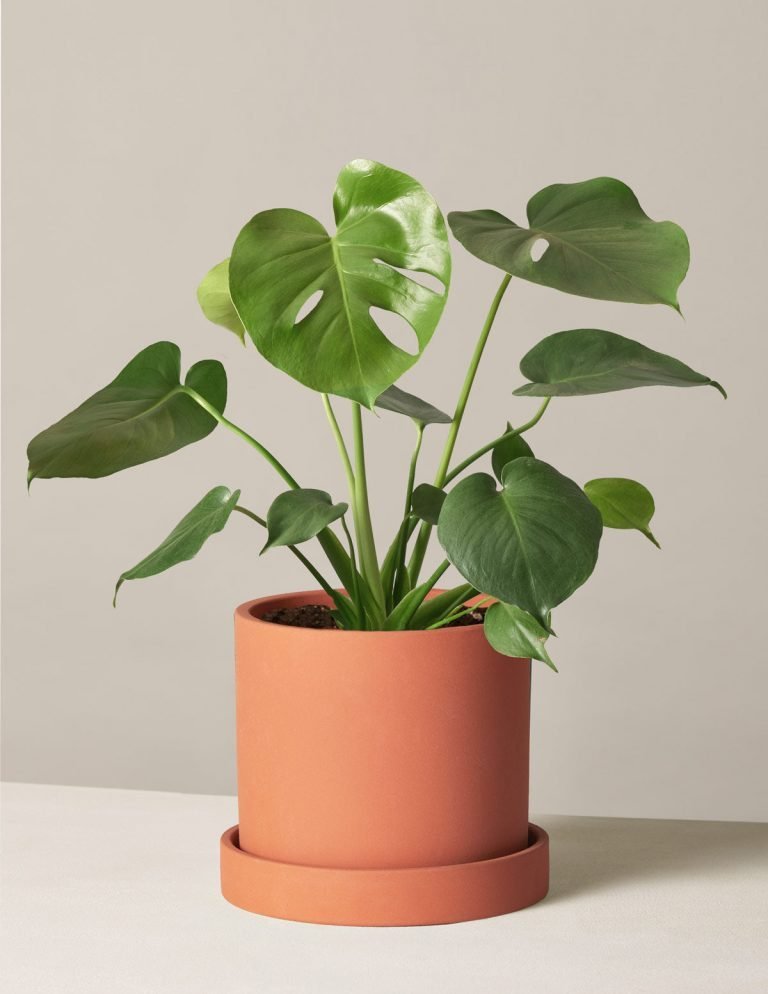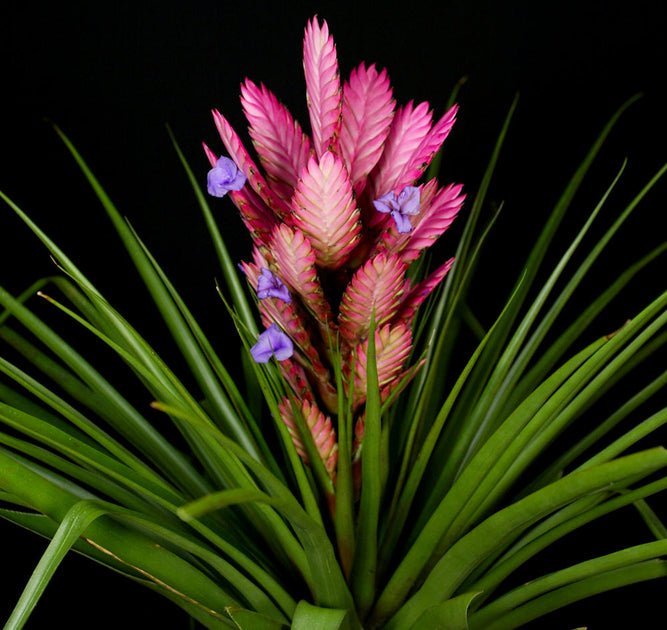Grass tree (Xanthorrhoea arborea) – All You Need To Know
About Grass tree (Xanthorrhoea arborea)
Xanthorrhoea arborea, also known as the “Grass Tree,” is a slow-growing plant native to Australia that is known for its tall, grass-like leaves and tall flower spikes. It is often grown as an ornamental plant in outdoor gardens, and it is well-suited to dry, hot climates.
General Information
Family: Liliaceae
Category: Other
Origin: Australia
Native Climate: Arid Tropical
Hardiness Zone: 11-9
Best as: Potted plant & Primary plant.
Where to grow Grass tree?
Grass tree is a common household plant that can be grown in various environments. They are Arid Tropical plants that thrive in the hardiness zone of 11-9 with a minimum temperature of 12 and maximum temperature of 35.
Below is a typical map of the US hardiness zone where you can check your location and see if Grass tree can survive in your locale.
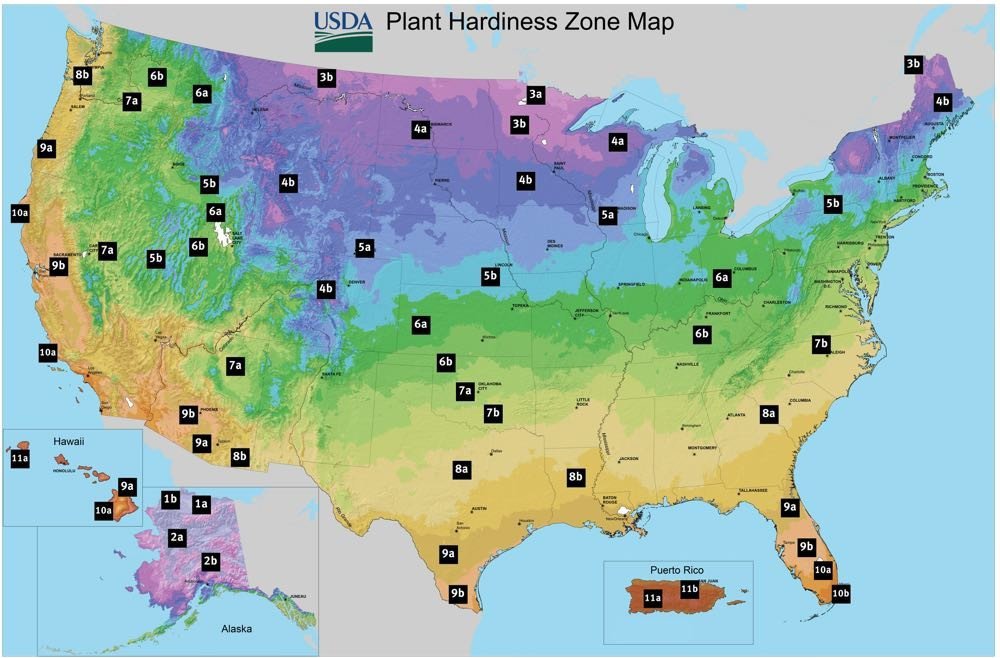
Grass tree is native to the Arid Tropical climate of Australia so it will survive best in a similar climate. However, being from a resilient Liliaceae family, it can also be found in most unusual places.
Sunlight Requirements of Grass tree
The idea lighting conditions for Grass tree is Full sun greater than 21,500 lux or 2000 foot-candle. However, it can also survive and grow in Strong light ( 21,500 to 3,200 lux/2000 to 300 fc).
Watering Requirements for Grass tree
{commonname[1]} should be allowed to dry out between watering sessions. This means that the soil should be allowed to become partially or completely dry before the plant is watered again. The frequency with which the plant is watered will depend on a variety of factors, including the type of plant, the size of the pot or container it is growing in, the type of soil it is grown in, and the local climate.
It is important to allow the soil to dry out between watering sessions because overwatering can lead to root rot and other issues. Overwatering occurs when the soil remains constantly moist, which can create the perfect conditions for fungal and bacterial growth. Allowing the soil to dry out between watering sessions can help to prevent these issues, as it allows the soil to drain and the roots to get the oxygen they need to function properly.
To determine when a plant needs watering, it is generally recommended to check the moisture level of the soil by sticking your finger about an inch into the soil. If the soil feels dry at that depth, it is probably time to water the plant. If the soil feels moist, it is likely that the plant does not need watering yet. It is also important to consider the specific needs of the plant you are caring for, as some plants have different watering requirements.
Is Grass tree prone to insects?
Grass tree is not prone to insects
Common diseases: N/A
Common posture & style
Grass tree has a Clump posture and grow in a compact, rounded shape, with multiple stems emerging from a single point.
It has beautiful Medium green leaves. Its main appeal is its Trunc. It can grow up to the height of 3.66 meters with a truck width of 1.83 meters. It has a Very slow growth speed under good conditions, watering, and sunlight.
Blooming Season: Spring
Bloom Color: Medium green
Pruning: Never
Why should you keep Grass tree in your home?
Keeping a Grass tree plant in your home can bring many benefits. For one, plants can improve the air quality in your home by removing toxins and releasing oxygen.
In addition, having plants in your home can help increase humidity, which can be particularly beneficial during dry winters.
Additionally, caring for your Grass tree plant can be a relaxing and therapeutic activity, and Grass tree in your home can add a touch of nature and beauty to your living space.
Overall, there are many reasons why everyone should consider keeping a Grass tree plant in their home if the climate is enabling for its growth.



